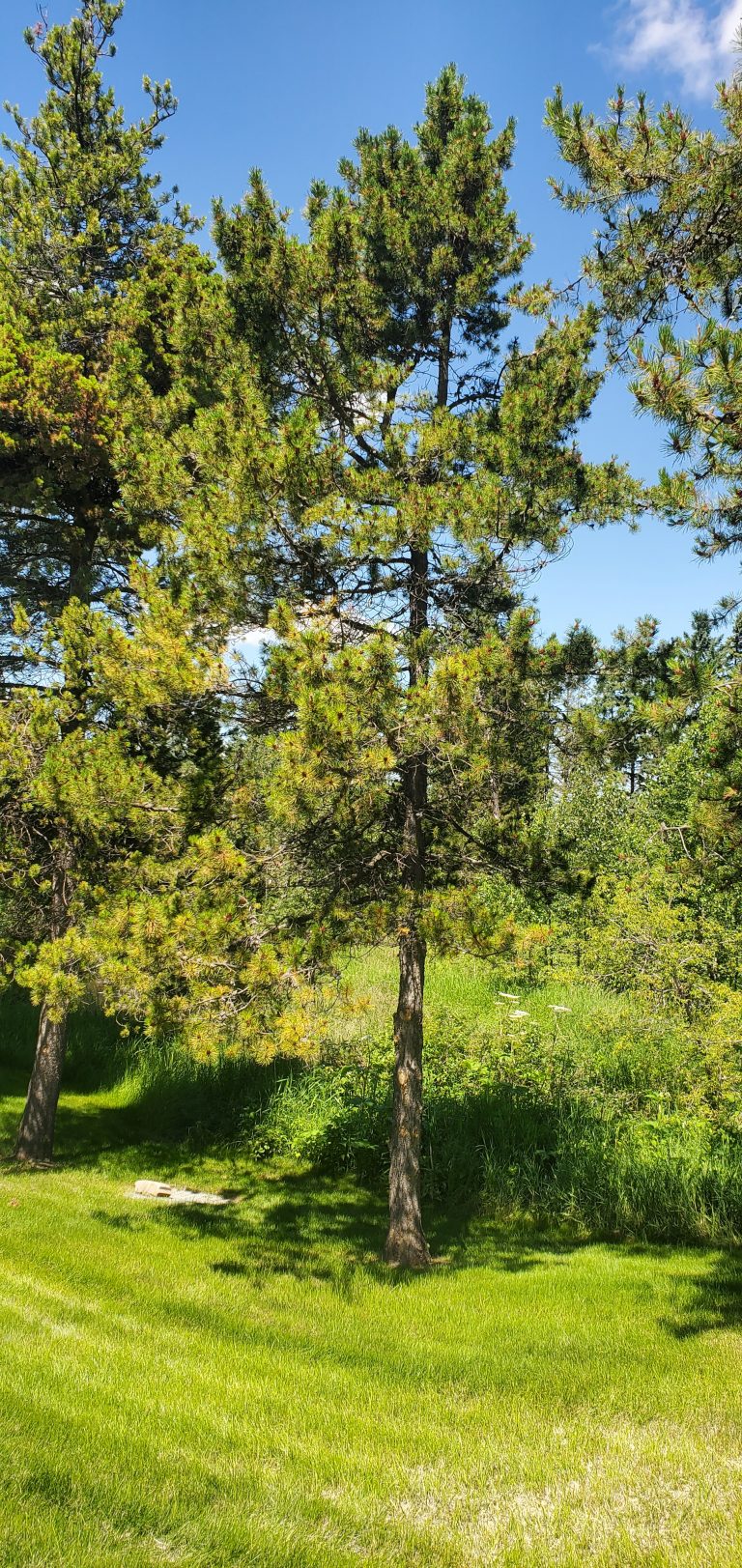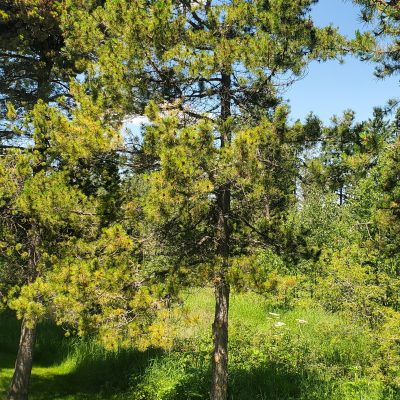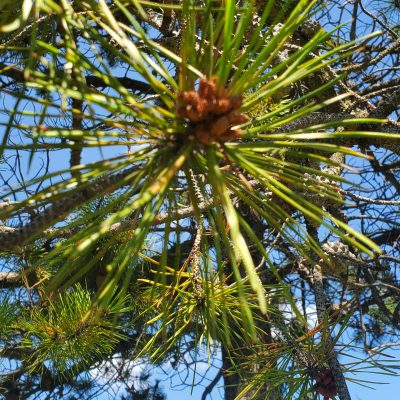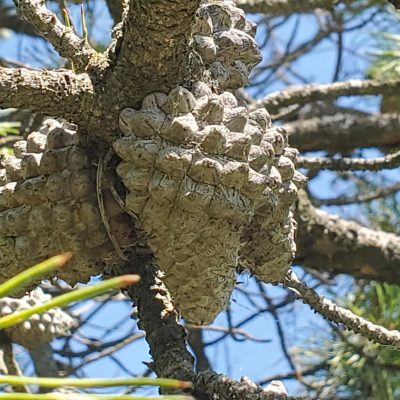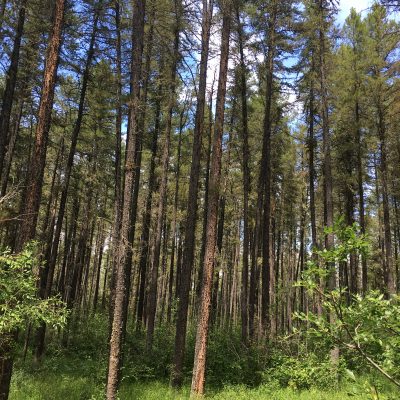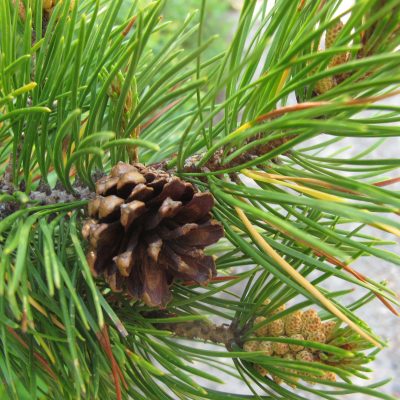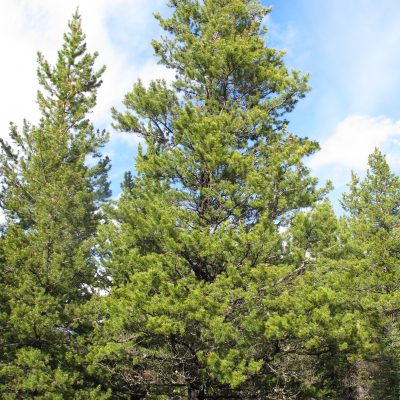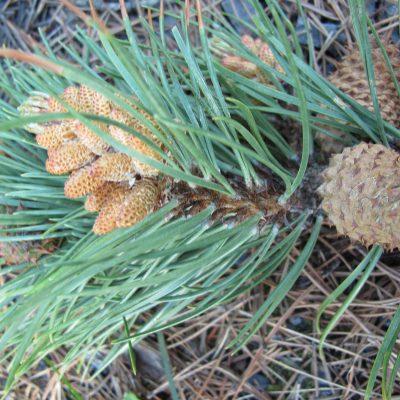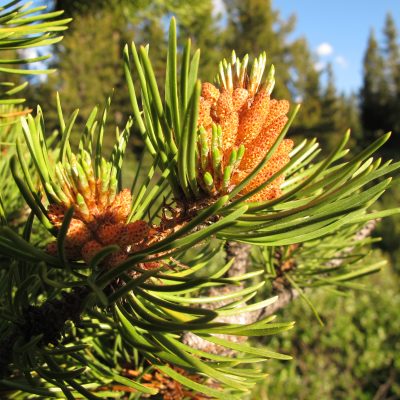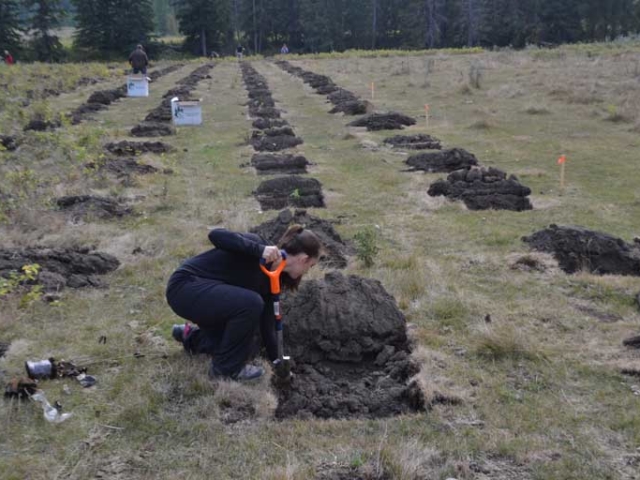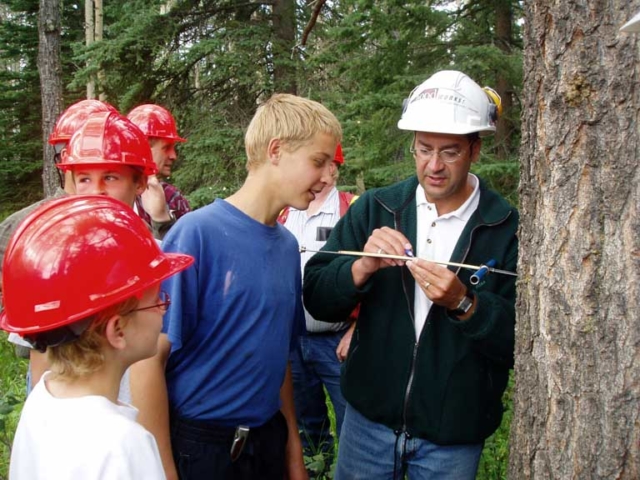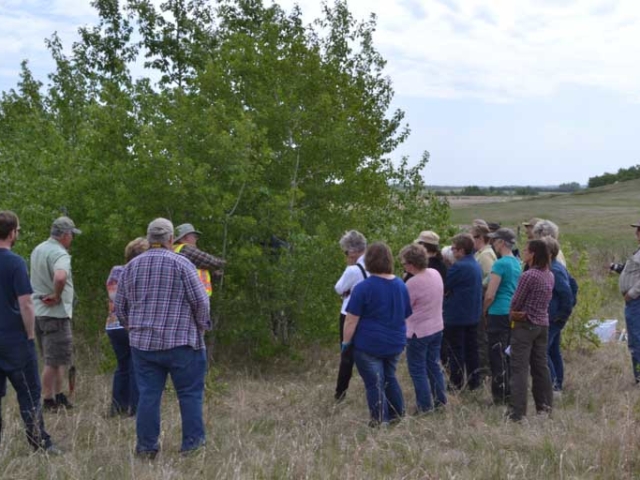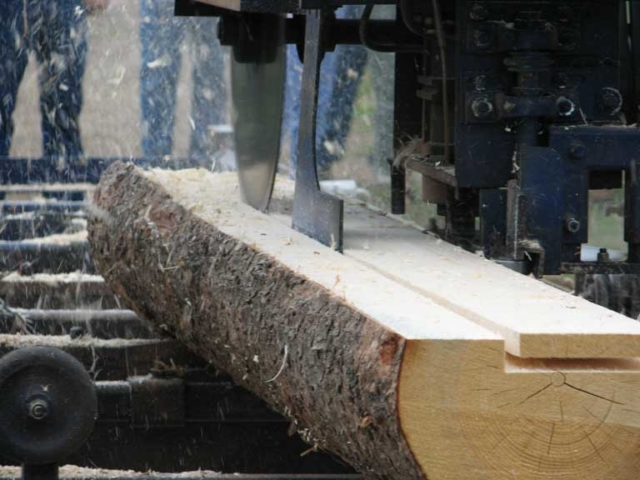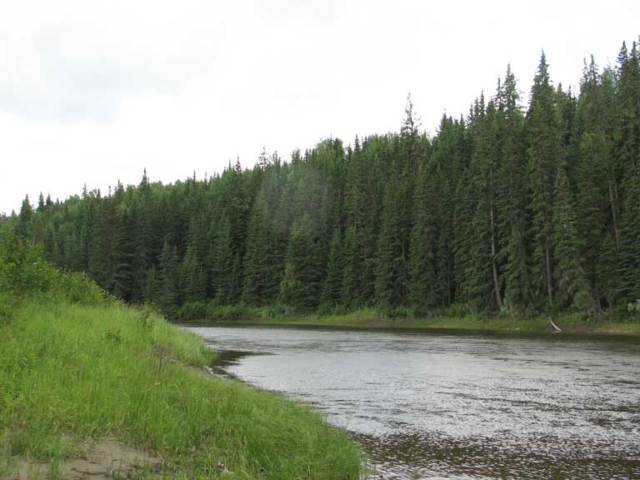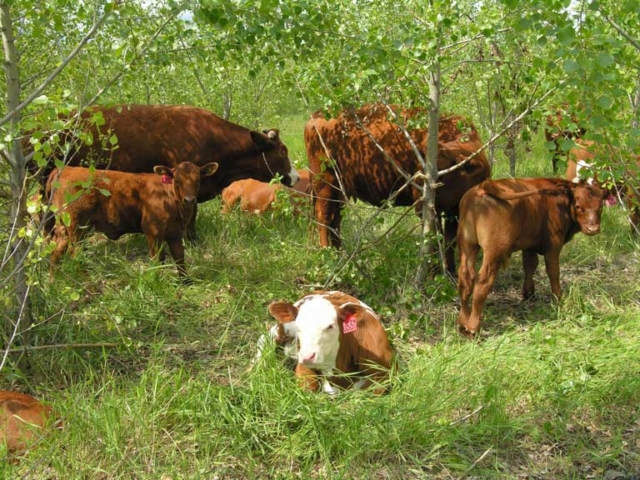Description / Details
Lodgepole pine (Pinus contorta)
Lodgepole pine is plentiful in Alberta’s foothills region and in the western half of the boreal forest, and occasionally occurs in the western edge of the aspen parkland. It is considered a ‘pioneer’ tree in that it is fast growing, sun-loving, and often the first to colonize disturbed sites such as burned areas. However, unlike many pioneer trees, lodgepole pine also has a remarkably long lifespan of 150-200 years. To achieve this lifespan, lodgepole pine needs good conditions – well drained, sandy or loamy soils and full sun. It will not tolerate flooding, and can be overtaken by the slower growing but more competitive white spruce. However, it is more drought tolerant than spruce, and can grow into extremely dense even-aged stands that ‘self-prune’ (i.e. lose their lower shaded branches) as they grow.
Lodgepole pine provides poor quality forage for most livestock. However, young lodgepole pine are often preferred by browsing wildlife like deer and moose, which can cause significant damage and mortality to the trees. Lodgepole pine seeds are enjoyed by squirrels and certain birds (e.g. grosbeak, grouse). Its wood tends to be straighter than spruce or fir, making it valuable for telephone poles and fence posts in addition to lumber, plywood, and pulp.
Lodgepole pine can be used in foothills and western boreal forest Eco-Buffers as a pioneering or a long-lived species. It also grows well in well-drained soils outside of its native range, and therefore can be planted in conventional shelterbelts across much of the province. If planting in a shelterbelt, keep in mind that lodgepole pine self-prunes as it grows, as this will leave gaps in the lower parts of the canopy that should be filled by other species rows.

